Features of picking tomatoes in March
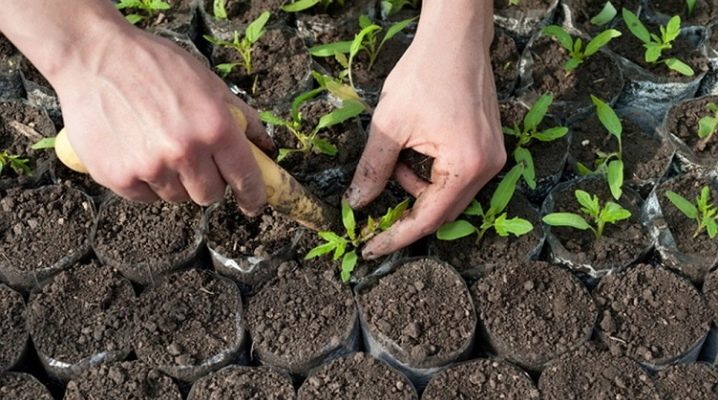
The picking of young seedlings is an important stage that marks the maturation of seedlings. They have grown so much that it is time to transplant them from the general "kindergarten" into separate containers. The procedure is almost always necessary, its technology is not very complicated, but there are subtleties. You should familiarize yourself with them.
The need for a procedure
The main goal of picking is the normal development of seedlings, full-fledged, in conditions comfortable for it.... Nevertheless, initially the seeds grow in common containers, where, while they are small, they are not cramped. And then they begin to rob each other, and such tomatoes may not survive until they are planted in the ground. The seedlings will grow weakened, they can get sick for a long time and already in separate containers, if they did not go there in a timely manner.
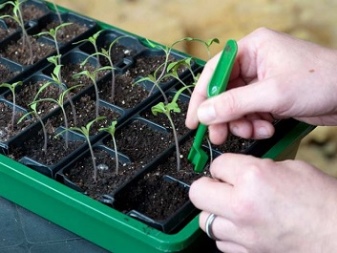
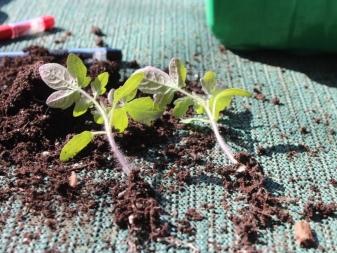
The need for a pick is due to by the following factors:
- plants develop correctly in separate containers, they have a strong root system and they do not stretch beyond measure in length;
- after transplanting, the root system adapts, helping the plant to survive a certain moisture deficit, extracting food from deep soil layers - if transplantation into the ground occurs immediately from a common tank, such adaptation may not happen;
- even if the plants were originally planted in different containers, as they grow, they dive anyway - This is a good "simulator" for tomatoes, which will help them easier to transfer planting into the ground.
Growing the root system is one of the main reasons for picking. After removing part of the root, the lateral roots begin to grow intensively. This helps the plant to better take food from the ground, moisture, strengthen and develop successfully. By the way, the pick is also good because it does not allow the roots to intertwine. And if you leave the root as it is, without partially removing it, it will be difficult for it to take root.
The counter-argument is logical - for sure, such a useful procedure was not without drawbacks, because there are those who refuse to pick. This is true, but everything is relative. Picking, for example, requires time, preparation of containers, consumption of soil mixture. But is it important if the result is at the forefront, that is the question.
A more significant argument is damage and infection of the root when it is removed. This is not excluded, but it still happens rarely and speaks of insufficient preparation for the operation or mistakes made.
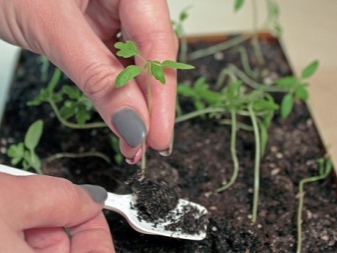
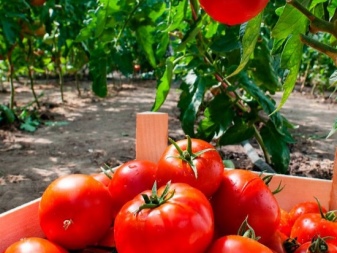
Auspicious days
Choosing the timing of picking tomatoes is not a trifle at all... There are favorable days, according to the lunar calendar, and there are those when tomato seedlings are, if not doomed to failure, rather weak. The lunar calendar needs to be looked at the current year, the pick is carried out in March-April, but not on all days. If the pick is carried out ahead of time, the roots of the tomatoes will still be fragile, they will not take root well and will not get used to the new conditions well enough. And if, on the contrary, tighten with a dive, you can find an interlacing of roots, which will be very problematic to separate.
The transplant is carried out when the seedlings have two true leaves. From the day of germination to picking, it usually takes 3 weeks or a little less. Well, how quickly the leaves are formed depends on the variety and growing conditions. There are experts who say that pinching the roots is best done when they are no longer vulnerable to damage. And the optimal time is the waxing moon. It is believed that these days, liquids rush up to the aerial part of the plant.Well, if it did not work out on the moon, the seedlings are transplanted on the so-called women's days - Wednesday, Friday or Saturday.
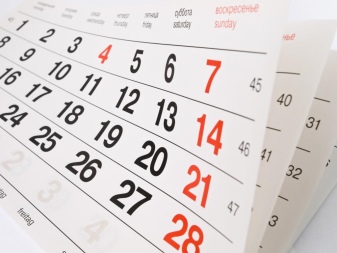
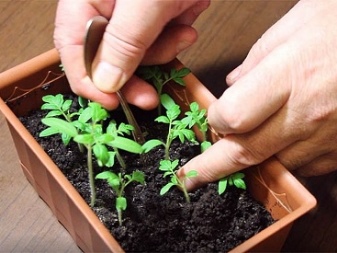
Technology
It is recommended to water the seedlings 7 hours before transplanting, so it will better endure the process. During this time, the plant manages to stock up on moisture, besides, the soil after watering is soft, pliable, it will be easier to get the roots out of it delicately. Pick time - evening; if spent during the day, then let it be cloudy. This is also important for the adaptation of seedlings. After the day's picking (if such a thing took place), it is important to cover the plants from the sun.
The classic picking method.
- You will need containers (about 500 ml each), which are filled in advance with a suitable soil mixture. The ground must be disinfected. Nutritious, loose - such requirements for the soil are mandatory.
- The seedling needs to be dug using a seedling spatula or fork. When using a regular fork, you need to dig in the tomato with its handle, and remove it with the tines.
- In the soil that filled the individual container, a hole 1.5 cm wide is made, deep enough.
- The root must be pinched a third to a quarter of the length, and then deepen the stem until the cotyledonous leaves grow.
- The soil itself needs to be crushed a little, watered. It would be nice to add a tomato growth stimulator to the water for irrigation. The water itself should be settled, the temperature should be room temperature.
- The next watering will be only in a week, the plant should not be waterlogged.
But the classical method is not uniform. There is, for example, a transshipment technology. The plant is sent to a new container for itself right in a coma of earth, with which it has already become akin. The hole in the previously watered soil should be deep and very wide so that the tomato with a lump can enter it without hindrance. Long roots sticking out of a coma, pinch. You need to remove a third of the length. After that, the seedling should be supported by watering with a growth stimulator. It should stand in a shaded area for several days.
Another interesting technology is related to landing in a diaper. The diaper is a piece of polyethylene, about 20 by 30 cm in size. If nothing suitable is found, a regular plastic bag will do. This method is good when cups and other suitable containers are not available. For example, there are so many seedlings that it is easier to handle the package.

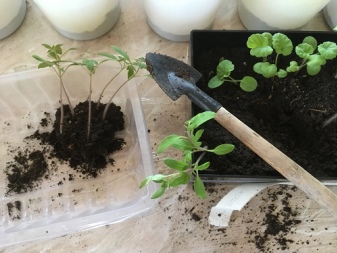
Pick instructions.
- The diaper needs to be spread pour a little more than a tablespoon of soil mixture into its upper corner and place the seedling so that the stem part above those same cotyledon leaves is above the edge of the diaper.
- Another tablespoon of soil is poured onto the roots, the lower edge of the diaper is bent slightly below the poured earth, then it is rolled up, tied with an elastic band. No need to make a tight dressing.
- Rolls are placed on a pallet, its height is approximately equal to the height of the roll.
- It remains to wait for the appearance of 4-5 real sheets, unfold the roll and add ground again. Glute again.
- In the end - watering with water at room temperature. Top dressing will be required weekly, fertilizers are previously dissolved in water for irrigation.
Each of these methods is not only viable, it is literally time-tested.... Peat tablets will also be a good method, seedlings in these tablets will be sent to cups. And for the roots, this option is ideal, because they are not injured. If the pick is successful, that's half the battle. Now you need to take care of the plants: for at least one and a half weeks, organize diffused light for it, protect it from drafts, water it with settled water. During the day, a temperature of +20 degrees is enough for him, at night - about +18 degrees. In containers, the soil will have to be regularly loosened, because the oxygen supply of the tomato roots depends on it.
And, of course, the seedlings should not come into contact with other plants at home, because now they cannot get infected or "accept" parasites: they are too vulnerable, the risk of death or serious damage to seedlings is too high.

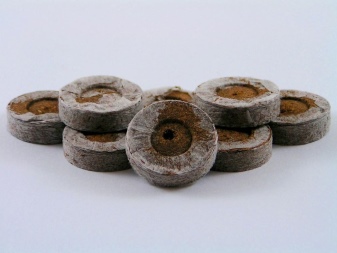
Is it possible not to dive?
Can. And this is often done by summer residents who are not often able to control the planting so that the care of the same tomatoes is regular. Usually, a universal soil is used for such plants. The seedlings themselves can be grown in large boxes, assuming what the neighborhood of the plants will be, calculating the distance for the comfortable growth of each. If it is decided to grow tomatoes in peat pots (which then, together with the seedlings, will go into the open ground), holes are made in them for drainage.
In general, the preparation of plants that will not dive is the same: selection of seeds, disinfection with potassium permanganate, soaking with growth stimulants. Hardening, watering, leaving - everything is similar to the usual measures preceding transplanting tomatoes into the ground.
It is believed that a strong, long root that remains so in the absence of pinching is better than a cut. This is a controversial issue, but the fact that both options can perfectly take root in the soil and show excellent yields is known for sure.
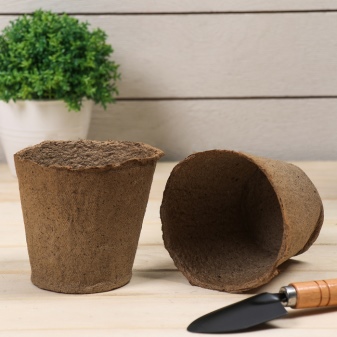
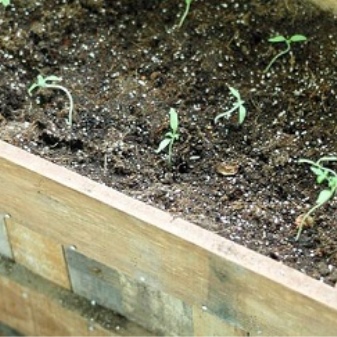













The comment was sent successfully.